Thessaloniki gets ready for its metro launch in November
The underground rapid transit lines have been under construction for almost two decades due to various project delays
 TheMayor.EU logo
TheMayor.EU logo 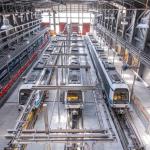
The underground rapid transit lines have been under construction for almost two decades due to various project delays
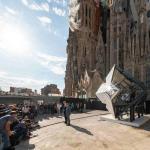
The cross pinnacle on the Tower of Jesus Christ will be ready to receive visitors in 2026 on the centennial of Gaudi’s death

Now you can get your wine in Talence by paying directly in Bitcoin

That’s because the state has to spend money on updating the railway infrastructure rather than subsidizing the cost of the popular pass

Steffen Romstöck said that he would respect the residents’ choice and would take over the helm of the municipality, even if he didn’t run
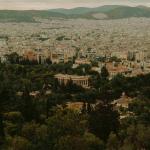
The measure, which will come into force from 1 January 2025, will be partial and temporary…for now
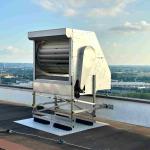
Rethinking renewable energy sources for the urban landscape
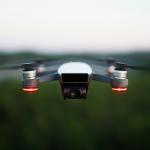
But operating them is still illegal under the country’s legislation
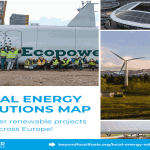
The examples, compiled by Beyond Fossil Fuels, can inform and inspire communities and entrepreneurs that still feel trepidation at the prospect of energy transition

Now you can get your wine in Talence by paying directly in Bitcoin

Rethinking renewable energy sources for the urban landscape

The examples, compiled by Beyond Fossil Fuels, can inform and inspire communities and entrepreneurs that still feel trepidation at the prospect of energy transition

The underground rapid transit lines have been under construction for almost two decades due to various project delays

Plus, it has a unique modular design that allows it to be shortened and lengthened like a train
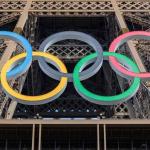
At least, that’s the promise made by the mayor of Paris, Anne Hidalgo
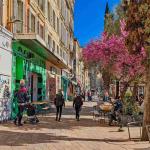
Despite its church-y name, the district has long been known as the hangout spot for the artsy crowds

At least, that’s the promise made by the mayor of Paris, Anne Hidalgo
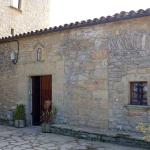
Hostal de Pinós is located in the geographical centre of the autonomous region

On the eve of the new academic year, the ranking considers several distinct but essential factors
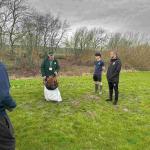
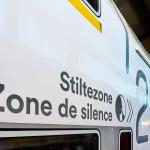
Following a successful trial phase, these quiet areas will now be available on all main routes in the country
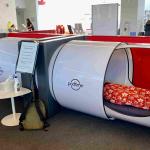
The academic institution shows a deeper understanding of the well-being of its students










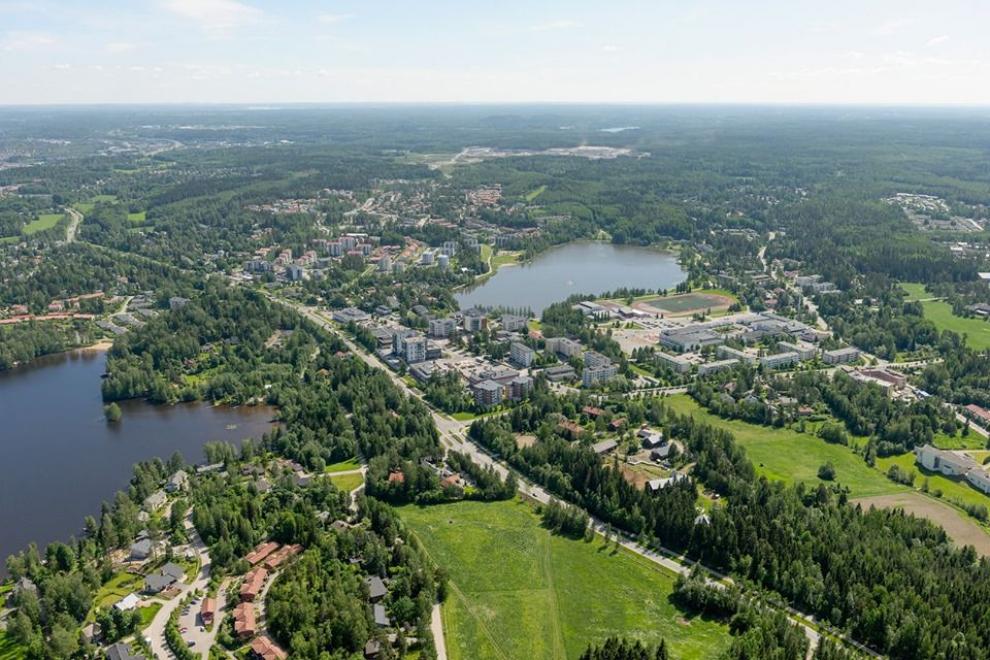
The former parish of Suur-Pirkkala (Great Pirkkala) is mentioned in historical documents from the 14th century. It was located over half of Pirkanmaa, a region nowadays populated by about 360,000 inhabitants. Suur-Pirkkala began to split when new parishes and municipalities were established.
Pirkkala has a long and illustrious history but the current size was determined in 1922, when the remains of Suur-Pirkkala were split into Pohjois (Northern Pirkkala) and Etelä-Pirkkala (Southern Pirkkala). The name of Northern Pirkkala was changed to Nokia in 1938 and Southern Pirkkala reverted to its original name.
Pirkkala is located some 10 kilometres south-west from Tampere in the Pirkanamaa region. The municipality has a population of 19,377 (31 January 2019) and covers an area of 104.04 square kilometres of which 22.66 km2 is water. Pirkkala is currently the fastest-growing municipality in the Pirkanmaa region.
Source: Wikipedia
Pirkkala is an integral part of Tampere City region, with whom the municipality is working closely together.
Central location close to the urban highways and airport is one of the most strategic strength of Pirkkala.
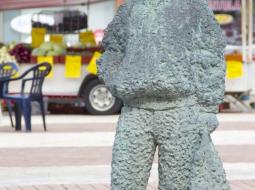
”Pirkkala Sculpture” was an international sculpture event in Pirkkala, with artistic director Villu Jaanisoo. During the three-week biennial, Pirkkala was filled with internationally renowned artists, and as a result, sculpture art has blended into Pirkkala's public space and natural landscape.
Source: Wikipedia
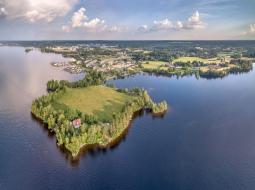
It is a beautiful small recreational island. Pereensaari enjoys a stunningly beautiful location on the shore of Lake Pyhäjärvi. In the center there is a meadow. There are rowing boats on the beach. Local residents and visitors like to walk on the island.
Address: PL 1001, 33961 Pirkkala